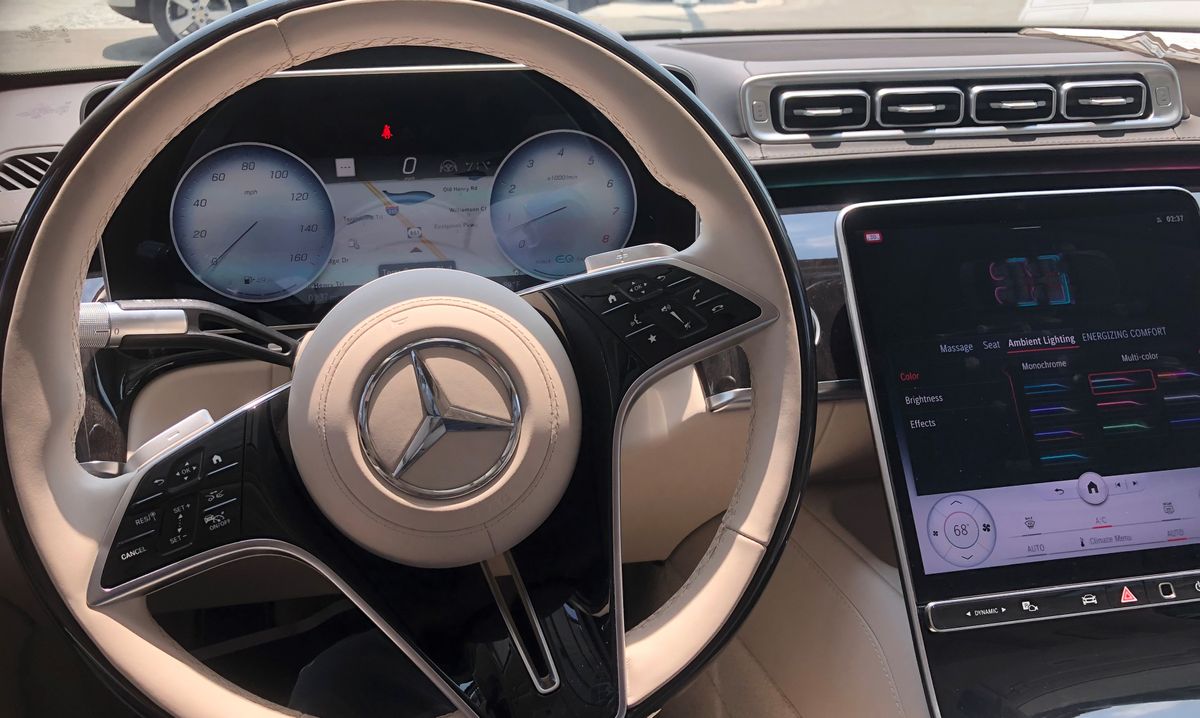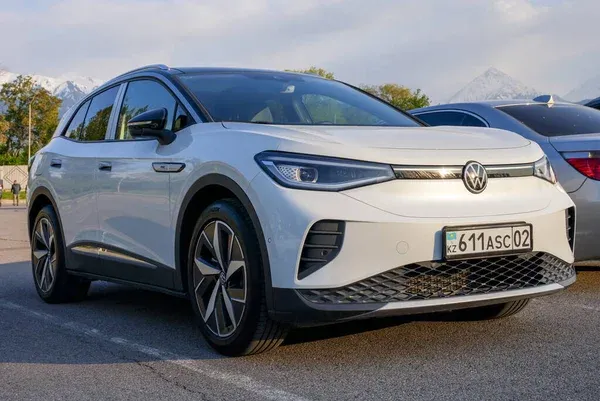Thoughts on in-car Software from a Mercedes-Benz Project Manager

This article is about a conversation I had with a project manager at Mercedes earlier this year about their in-car software and how the industry is evolving. This gentleman wants to remain anonymous, but he is well-versed in the happenings of Mercedes software and knows a thing or two about the direction of the company and the industry more broadly. He will be referred to as Karl for simplicity. We've spoken before, and he has been with Mercedes for over two years now.
Growing Pains
Mercedes, and every other auto manufacturer, has been working diligently to transition to this new era of mobility where everything is connected and efficient. It is interesting to see this happen in real-time, in fact I think the automotive industry transition is the most interesting thing going on in business at the moment. Where have we seen a transition of this scale before? The demands on it from both the public and government in terms of market demand and regulation have pushed the industry to move at an incredible pace. This quote below is hilarious...
“I have no idea what’s going on in this industry right now.” - Ford CEO Jim Farley
This was in reference to the massive size of EV batteries being produced, but I think it could be indicative of the sentiment of many automotive executives. The growing pains are here, but the profits are promising... so onwards we go.

Utilizing Partnerships
In our conversation, Karl stated that automotive software is sort of like a Lego set. It is up to OEMs to pick up the right pieces and find the right partners to help them build the new projects. There are the proverbial "six-year-old" software Lego pieces, which are cheaper, functional, and easier to integrate (the child set). There are also the more mature software pieces that are far more complex, expensive, and challenging but with higher rewards if done right (the expert set).
Much like Legos, it is interesting to see which automakers are wanting to "play nice" with their partners and which are deciding to try to construct the whole set alone without any help from friends and family. Mercedes, as an example of the latter here, has decided to develop their very own Mercedes-Benz operating system. They have called it MB.OS. This is the first time an OEM has done this, and it will be interesting to see how the industry reacts.
Trial by Fire
Karl said that Volkswagen, for example, has not quite hit the mark. He bragged about the software development folks over there but criticized the final product that was delivered to the customer. Tremendous amounts of investment went into the software on the ID4 and ID3 models, yet customers and reviewers often complain about the experience. It was not nearly as successful as other OEM's user interface and technology utilization (take Tesla, and Porsche as examples of user interface done right).
"It is not about the resources, it is about the coordination when it comes to running large scale software projects. On any given day, there may be 100-300 teams writing code, and that code must all fit together." - Karl, Mercedes-Benz Project Manager
Testing is done throughout the process, which takes a considerable amount of time as well. The complexity is the main challenge, with the dependency of Project X relying on Project Y which is in turn reliant upon Project Z. If Project Z is halted, then X and Y are also stuck.

Write it Down!
Karl stated that the suppliers are typically much better when it comes to defining requirements than OEMs, and when Mercedes started developing their own MB.OS architecture around 2018 they quickly realized that without excellent requirement documentation, it would prove nearly impossible to test the progress of the project down the road. Now Mercedes has always been capable of writing proper supplier requirements, but development requirements are a totally different game altogether. Mercedes never dealt with the deep cascading of requirements that development processes demanded, so the teams experienced a lot of delays and setbacks over the past few years.
Recently, Mercedes just announced the integration of ChatGPT into their vehicles. They are the first to do so, and I would venture to guess other manufacturers will follow. This feature will enable customers to ask their car all sorts of more complex questions about destinations, history, and anything really. This is a great example of the new software architectures being more agile, as ChatGPT was just released to the public late last year and automotive projects typically take much longer than seven months. Case in point... over the air updates are a game changer.

Thanks for reading, and consider subscribing if you liked it. No ads, and it's free.
-JWK